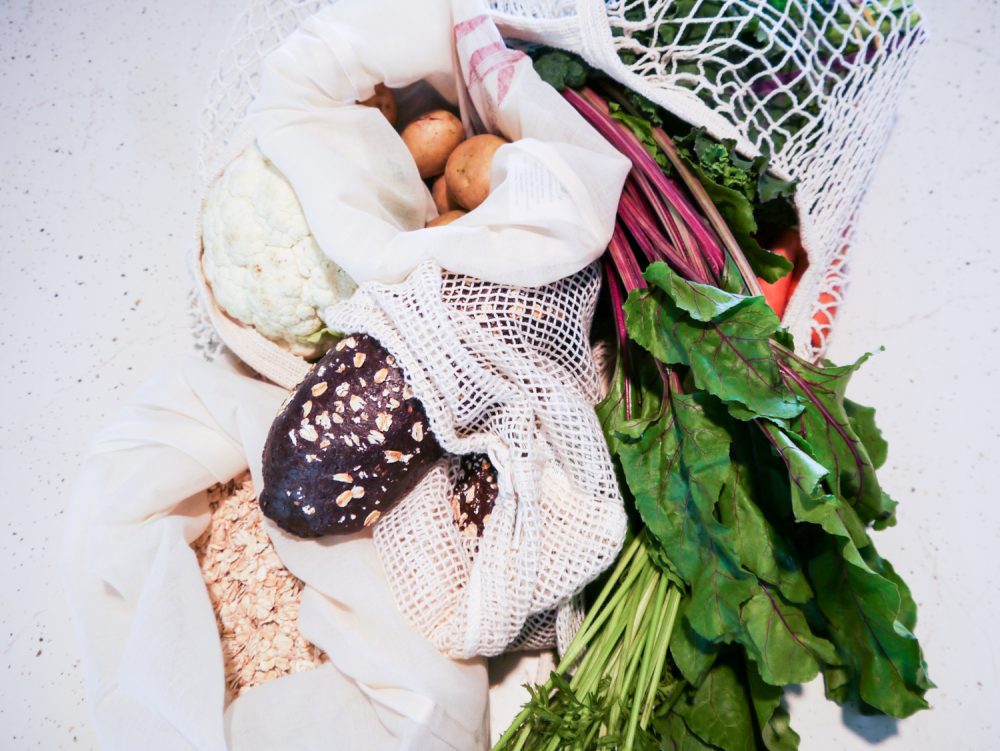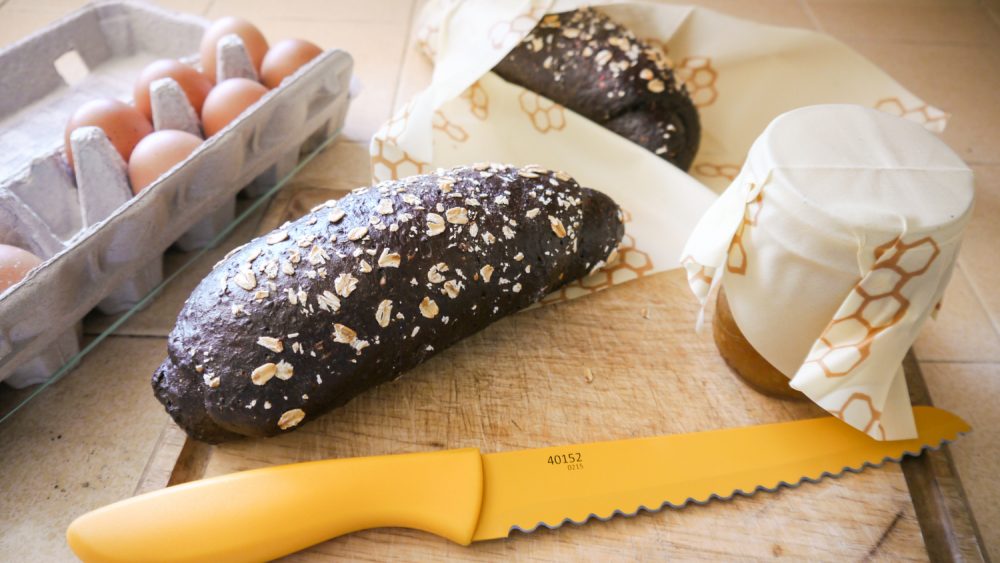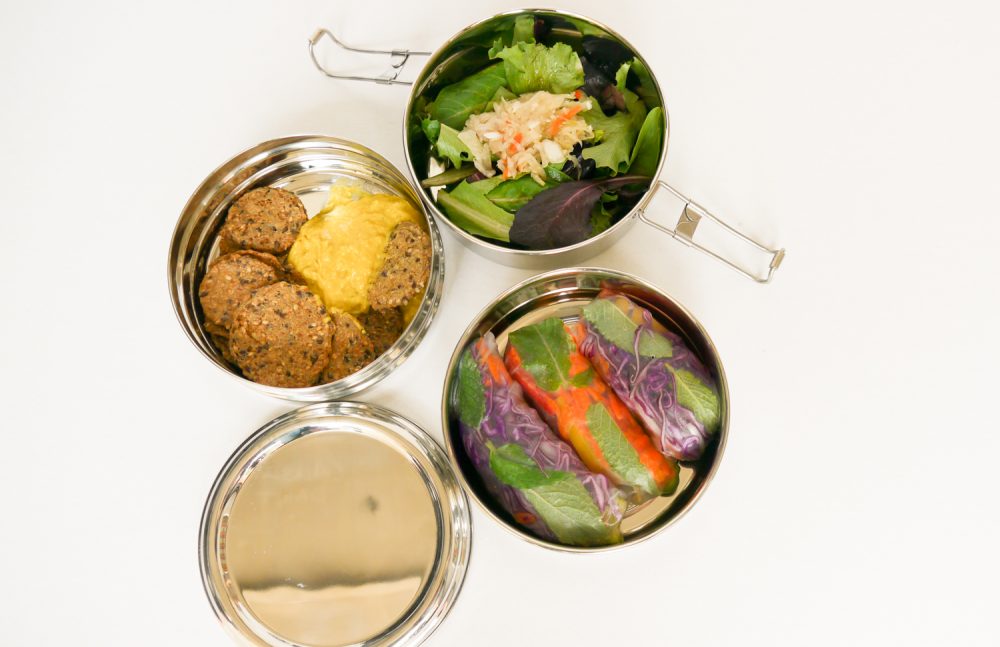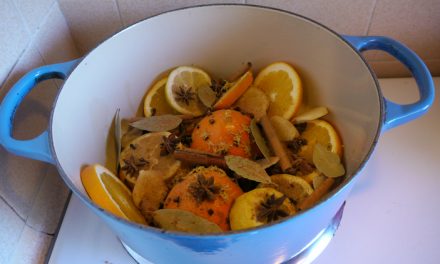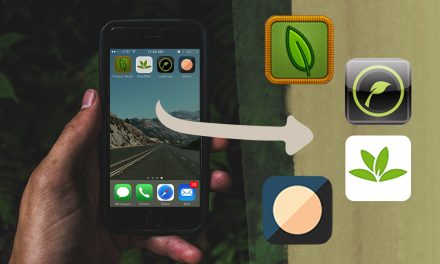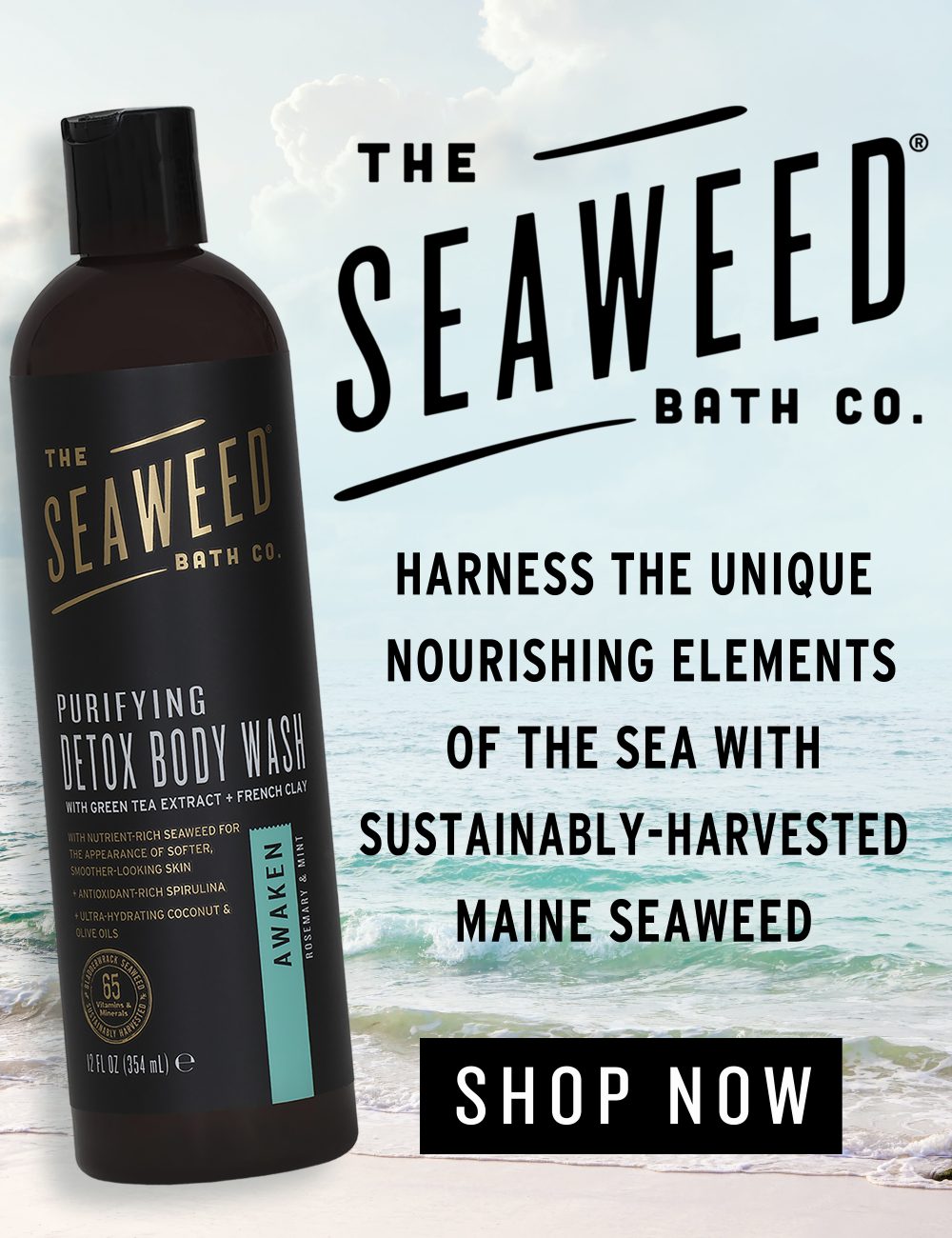Cleaning Up Our Acts | Reducing Plastic Pollution in Our Kitchens
Our sea animals are washing up on the shores with plastics poisoning them from the inside out; their bodies are growing around the plastic can rings in which they get stuck, and hermit crabs are turning our plastic caps into make-shift shell homes. It’s gotten so bad that Henderson Island – a remote and uninhabited land mass in the Pacific Ocean in between Chile and New Zealand, 3000 miles away from any other land – is contending with 38 million pieces of trash (mostly plastic) piling up on its once pristine shores. Scientists have identified plastic particles from all around the globe – China, Europe, Japan, Russia, the US, and South America – proving that even the furthest reaching islands aren’t safe from the plastic wastes of our modern-day world.
While I recognize that eliminating plastics from one’s life entirely is a difficult ask, let’s start with the small stuff. A good way to begin changing a habit is to bring awareness to it – take stock of the amount of plastics that are used once and end up in your recycling or trash bins, take notice of all of the packaging used in daily life that exists merely to be thrown away. Remember, just because you throw something away does not mean it just magically disappears from the face of the planet. Trust me, once you begin to see the massive plastic problem it’s hard to unsee.
In most homes, the kitchen is a heavy plastic polluter and a great place to begin the process of reducing our dependency on single-use plastics – from water bottles, to food packaging, grocery bags, plastic sandwich bags, plastic wrap and more. While there’s no shortage of habit-changing opportunities, below are a few of the ways you can clean up your act and begin the process of reducing your dependency on plastics!
ECO-BAGS
Eco-Bags, an incredible, woman-owned B-Corp, has been focused on providing an alternative to the single-use plastic (and paper) bag problem since 1989. Since the beginning of the company, Eco-Bags has always operated with the highest social responsibility standards – focusing on Fair Labor Laws and ethical production. I’m a huge fan of Eco-Bags for many reasons: from their B-Corp status, to their organic reusable cotton bags, to their string bags that take me back to my childhood, and let’s not forget their bulk and produce bags! This company has thought about every aspect of single-use plastic bags used in a grocery store – even offering solutions to the use of the thin plastic bags on my fruits, veggies and bulk grains. They make it simple: you can mix and match for your own bag needs or select one of their Eco-Shopping options that range from shopping for one to shopping for four. Bringing your own bags to the market is a seemingly insignificant thing; however, considering the billions of people on our planet, and the amount of single-use bags that are thrown “away” daily, this is a huge contributor to our ever growing plastic problem.
As a response to this mounting issue, many states have imposed bans and fees around single-use plastic bags. Why not get into the habit of doing it for yourself and the planet, instead of waiting for your state to ban it for you? I’ll be honest, it took us awhile to get into the habit of packing re-usable bags for a grocery store run. Even if I knew I was leaving the house to go to the market, somehow I would inevitably forget my reusable bags!
***B.Y.O.Bag hack: After you unload your market goods from your bags, hang them on the door handle that you use most frequently to enter and exit your house. Take them down with you the next time you leave the house, so you’re never without a solid stash of them in the car with you.***
BEE’S WRAP
We need bees for many reasons – without them them pollinating plants and our entire food system would fall apart; their venom, jelly and honey have been touted for centuries for their numerous health benefits (from helping to alleviate allergies to skin care and anti-bacterial properties)…and now their wax is paving the way for sustainable food storage. Bee’s Wrap, a reusable and sustainable alternative to plastic wrap, is leading the charge on this front. Beyond plastics finding their way into our oceans and landfills, most humans now carry it in their bloodstream. Yep, that’s right. So when you save your food by wrapping it in plastic, not only is it detrimental to our oceans but it’s also being absorbed by your body and wreaking havoc on your insides.
We stopped using plastic wrap in our kitchen and have completely replaced it with the innovative Bee’s Wax wrap, not only alleviating our use of plastics but also helping to curb our food waste. I did a very non-scientific experiment with Bee’s Wrap, and the peppers that would normally shrivel up in a couple of day’s time lasted longer and stayed fresher in their Bee’s Wax wrap than in the traditional plastic wrap. Solving two of the world’s environmental crises in one fell swoop – food waste and plastic waste!
Made from organic cotton, sustainably sourced bees wax, organic jojoba oil, and tree resin, these wraps are inherently anti-bacterial (thanks jojoba + beeswax) and designed to be washed with cool water and soap and used over and over again (up to a year!). Bee’s Wrap is serious about their initiative to curb plastic use, even down to their fully recyclable and plastic-free packaging. Once you’re ready to replace your wraps, toss them in your compost bin as they’re fully biodegradable.
Bee’s Wrap was established in 2012 in Bristol, Vermont by Sarah Kaeck whose anti-plastic purpose brought a lost tradition back into the modern world. Today, as a Green America Certified Business, it continues to be run by a growing group of women whose printing and textile practice is in accordance with the Global Organic Textile Standard.
ECOLUNCHBOX
Fun Fact: The typical American family produces more than 4,000 pieces of trash annually, just through the simple act of eating lunch on the go (according to a 2009 ECOlunchbox Lunch Box waste study), costing families hundreds of unnecessary dollars on plastic waste from single-serving portions and filling our landfills to the brim. In an effort to cut down on her children’s lunch waste – the plastic and paper baggies, disposable utensils and food wrappers – Sandra Harris developed a line of cotton lunch bags and stainless steel food containers and began selling her items at craft fairs in 2008. Today, ECOlunchboxes and snack containers can be found at several different retailers, from The Container Store and most recently Target as well as on their comprehensive website.
Their different containers and lunch boxes are perfectly sized for the proper portions and allow you to pack healthy foods (free of plastics) for yourself or your kiddos. Why stainless steel? Well, it’s non-toxic, highly durable, and free of the leaching that can occur with plastics. With a little extra planning, you can save lots of money and thousands of pieces of trash from piling up in our landfills and oceans.
Follow these brands | @ecobags_us + @ecolunchbox + @beeswrap

